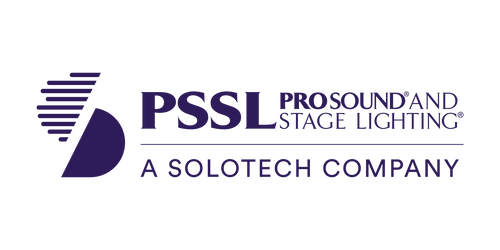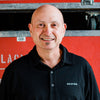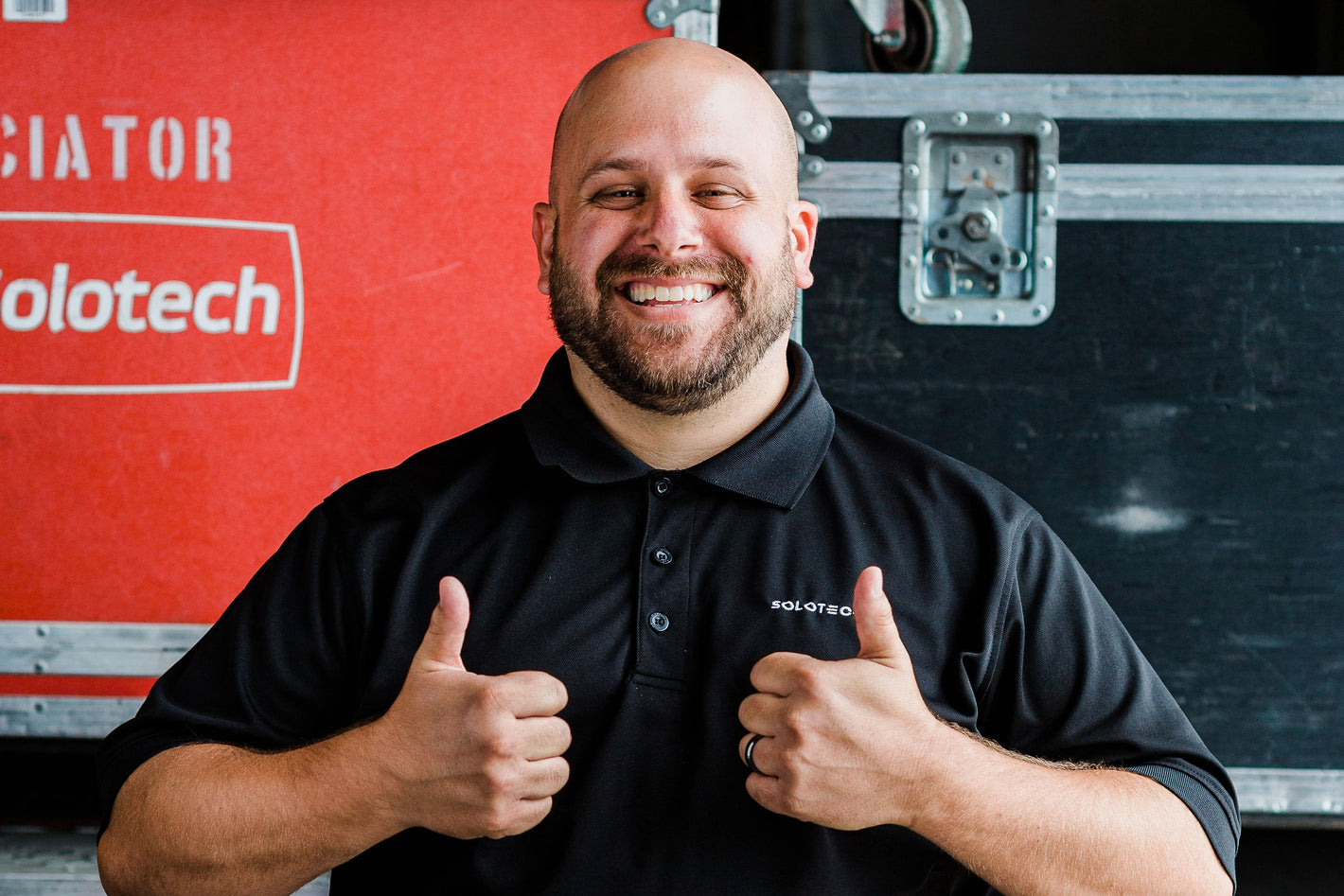TC Electronic Reverb4000 Reverb Effects Processor
Reverb 4000 - The Offspring of a GiantTC Electronic is now introducing Reverb 4000 a Single Engine Stereo version of System 6000 - featuring the best reverbs and presets from System 6000 and M5000 plus emulations of immortal classics. Reverb 4000 is also the first stereo Reverb capable of rendering credible space onto two discrete sources, or to truly process a composite stereo source. Utilizing the latest hardware technology and software based upon 30 man-years of development, Reverb 4000 offers the most immense and innovative selection of State-of-the-Art stereo Reverbs - at the touch of a button. Designed as a single rack space module with an extremely easy to use instant access interface, and with the option of using the ICON software editor for PC (Mac OSX version available spring 2004) in DAW environments, the Reverb 4000 is the ultimate choice for live- and studio applications working in stereo.
In the StudioReverb 4000 complements any large scale mixing console, and provides the professional studio with the ultimate Main Reverb featuring an amazing palette of simulated rooms from natural sounding credible spaces to emulations of vintage reverbs and TC Classics. On top of offering front-edge pristine reverb technology, it features impressive headroom, level handling and analog as well as digital interfacing capabilities. Reverb 4000 integrates perfectly with DAWs and features 24 bit AD/DA converters as well as 44.1 to 96kHz Sample Rates, hence offering processing power not obtainable inside any workstation available today. Connectable via USB the included ICON software editor provides easy access and complete overview for detailed editing purposes, and is a genuine tool in a studio environment.
At the VenueThe Instant Access front panel is a great advantage for Live applications. Never before has a Main Reverb provided so many colors to the palette, and been so easy to operate. Switch between Character, Glossy and Vintage Reverb effects with just a single touch of a button. The front panel always keeps important parameters within reach, and thanks to the latest DSP and power supply technology, as well as TC Electronic’s heritage of making top-end reverbs, the new Reverb 4000 delivers the best true stereo reverbs imaginable.
Features in Reverb 4000 also include Generic Reverbs providing Polished Sustain, Vintage Reverb emulations, True Stereo Reverbs with several flavours, Favourite presets and algorithms from the past, Mono Reverbs covering arbitrary formats, Credible Environments spanning from claustrophobic to outdoor scenarios, Analog domain converter scaling with wide headroom and AES/EBU, S/PDIF, TOS-Link and ADAT digital I/Os.
The TC Reverb PaletteUntil 10 years ago, digital reverb was mostly used as a Generic effect applied to many sources of a mix. Nowadays, where more aux send and returns are at disposal, new approaches have emerged. Elements of the mix are being treated individually, adding room character, flavor and depth in more creative and complex ways.
At TC, we call this a Source based approach, and we have put more than 30 man-years of development time into design and refinement of Source based room simulation.
When Generic digital reverbs were invented, they stretched the DSP power and memory bandwidth capabilities of their time; and Source specific processing was completely out of the question. Even though we may now consider Generic types to be less than ideal, they still have applications for which they may be chosen instead of their Source based cousins.
The large reverb and room simulation palette of High-end reverbs by TC Electronic allows the user to choose whatever principle suits the present need.
Generic ReverbGeneric reverb is primarily a flattering sustain effect which can be added to many sources of a mix, or a complete stereo or multichannel stem. It adds little character but also does no harm, because the effect is blurred or washed out.
If Early Reflections are offered, there are only few of them and they play a rudimentary role. Therefore, a strong localization is not imposed on the signal, which is what you want when one reverb is used on many sources. For a graphical artist, the equivalent tool to Generic reverb would be a paintbrush.
Generic Reverb Pros- 1st choice for composite, mixed material and stems
- 1st choice when used with multichannel joystick on console or DAW
- 1st choice for adding to classical main microphone pick-up
- Works well on moving sources
- Prettier than life
- Quick and easy to use
- Blurring takes away character from individual sources
- Pitch modulation may be a problem with some material
- Mono compatibility often compromised to obtain extra width
- Imaging inferior to Source based reverb
When elements of a mix are picked up individually, a chance exists to define exactly how each of them is to be heard. There is no reason to apply one Generic reverb to several single sources, unless they are supposed to present an identical position to the final listener or if you run out of aux sends.
When it is desirable to distinguish between single elements sharing more or less the same panning position, source based reverb should be a first choice. Subtle discrimination between reflection patterns of individual sources can make all the difference in the world when it comes to obtaining depth, expression and natural imaging.
Source Reverbs are able to generate multiple, complex Early Reflection patterns. For best results, if a microphone already picks up some reflections, they should be excluded from the simulated pattern by using the appropriate reflection decrease control.
Instruments or sources can alternatively share the same reverb input in groups, e.g. stage left, center and right, for a more complex and desirable result than a Generic, one-send reverb approach. For a graphical artist, the equivalent tool to Source reverb would be a 3D rendering system or Virtual Studio.
Source Reverb Pros- 1st choice when input sources can be separated
- 1st choice with spot microphones
- More depth and distinction obtainable in a mix
- Adds character and definition to a source
- Require more sends or direct feeds than Generic Reverb types
- No advantage on composite signals
- Not ideal for moving sources
Technical Specifications
Digital Inputs and Outputs- Connectors: XLR (AES/EBU), RCA Phono (S/PDIF), Optical (Tos-link, ADAT)
- Formats: AES/EBU 824-bit), S/PDIF (24 bit), EIAJ CP-340, IEC 958, EIAJ Optical (Tos-link), ADAT Lite pipe (24 bit)
- Output Dither: HPF/TPDF dither 8-20 bit, independent dithered output
- Word Clock Input: RCA Phono, 75 ohm, 0.6 to 10 Vpp
- Sample Rates: 32 kHz, 44.1 kHz, 48 kHz, 88.2 kHz, 96 kHz
- Processing Delay: 0.2 ms @ 48 kHz
- Frequency Response DIO: DC to 23.9 kHz ± 0.01 dB @ 48 kHz, DC to 47.9 kHz ± 0.01 dB @ 96 kHz
- Connectors: XLR balanced (pin 2 hot)
- Impedance: 20 Kohm
- Max. Input Level: +22 dBu (balanced)
- Max Input Level (for 0 dBFS): -10 dBu
- Sensitivity: @ 12 dB headroom: -22 dBu to +10 dBu
- A to D Conversion: 24 bit (6.144 MHz delta sigman @ 48/96 kHz)
- A to D Delay: 0.8 ms @ 48 kHz, 0.4 ms @ 96 kHz
- Dynamic Range: >103 dB (unweighted, BW = 22 kHz), >106 dB(A)
- THD: -95 dB (0,0018 %) @ 1 kHz, -6 dB


















